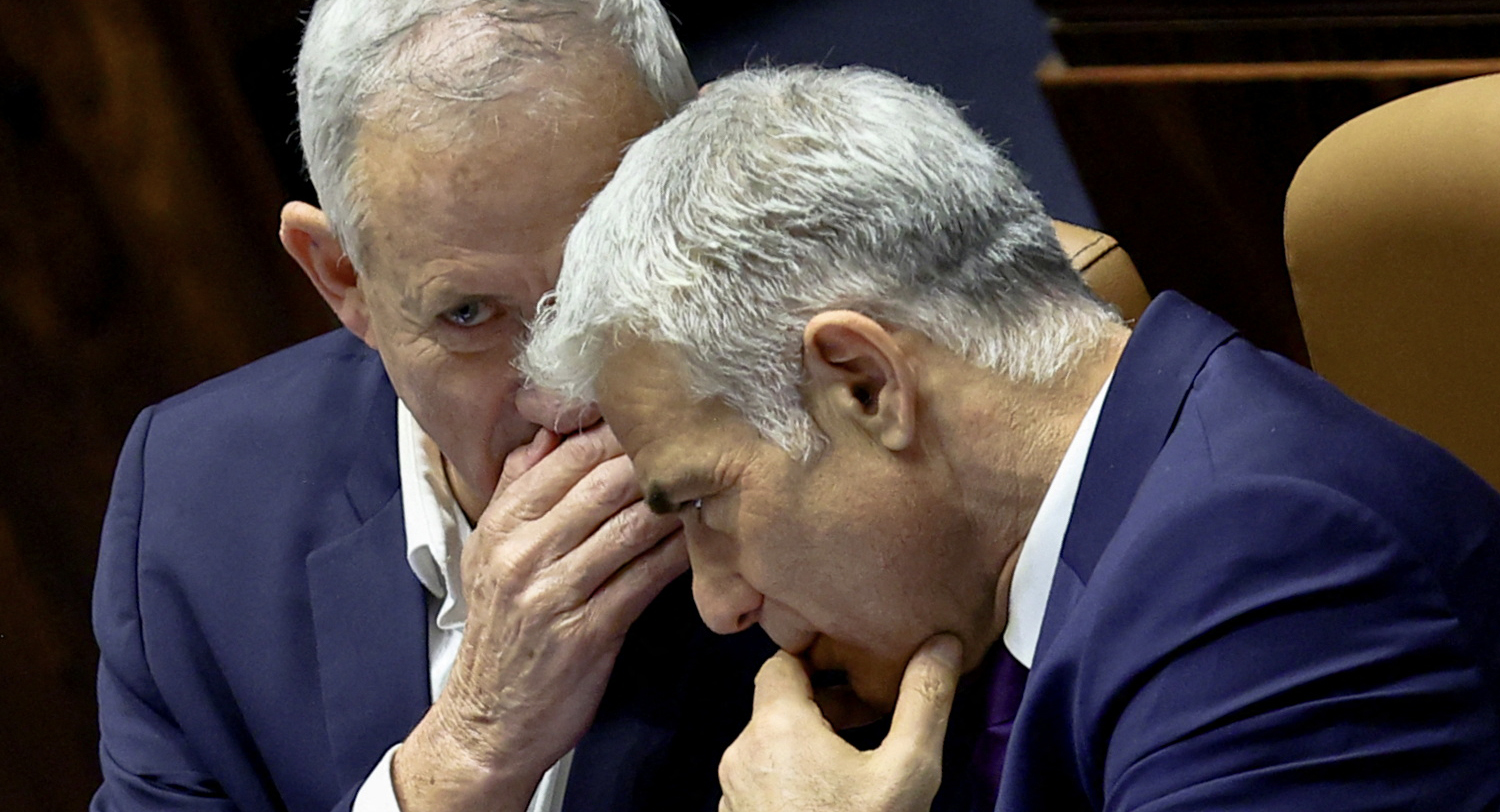Within one day after the short and violent round between Israel and Palestinian Islamic Jihad ended on August 7, the three Israeli leaders who commanded the operation, Prime Minister Lapid, Defense Minister Gantz, and IDF Chief of Staff Kochavi, issued a public warning: “From Tehran to Khan Younis.” Israel’s enemies should sit up and take notice.
>> Insights from Israel: Read more from our columnists
This had been a Lapid/Gantz/Kochavi operation: The wider Security Cabinet was neither convened nor consulted. Prime Minister Lapid and Defense Minister Gantz are both heads of political parties contending in the parliamentary elections on November 1; Kochavi is eager to end his four-year tenure at the end of the year on an upbeat note.
Whom were they trying to deter? Uppermost on their minds is Lebanon and its master Hezbollah. Pending is Lebanon’s decision on a US-brokered compromise on the maritime boundaries dispute over the extent of the “Exclusive Economic Zones” claimed by both Israel and Lebanon in the Eastern Mediterranean, which affects the ability of both countries to exploit natural gas deposits under the seabed (see map). These negotiations may be on the cusp of either successful conclusion—or explosion into violence. Lebanese President Michel Aoun and his son-in-law and potential successor, Gebran Bassil, can see that the US offer may be a lifeline for Lebanon’s ruined economy.

Photo credit: Wikimedia / Amirki (Translated)
Other players in Lebanon, supported by Hezbollah, have claimed a natural gas field also claimed by Israel (called “Karish” or shark in Hebrew). A floating production storage and offloading vessel of the Anglo-Greek concessionary, Energean, is already located there, ready to start exploitation, at a time when European markets seek an alternative to the Russian supply of natural gas. But this vessel also offers a large and vulnerable target. Hezbollah, which has been threatening to strike “Karish and what’s beyond it,” may yet be tempted (or instructed by Iran) to outbid their own government and posture as a resolute defender of Lebanese “rights.” Hence the need for Israel to deter any such action—by pointing out the lessons of Gaza, as well as by conducting a major exercise simulating the defense of the Karish platform.
The Lebanese scenario, however, is not the only one on the minds of Israeli leaders at this moment. Almost daily (or rather nightly), Israel is hitting targets in Syria—including major raids in the environs of Damascus and Tartus on the night of August 14. Despite the deteriorating relationship with Russia, which casts doubt on the future of the understandings that enabled deconfliction over Syrian skies, the Israeli Air Force persists in its attacks. Hence, Israel needs to deter Iran and Syria against retaliation.
The deterrent message is also aimed at Hamas. The elimination of almost the entire leadership of the Palestinian Islamic Jihad in August demonstrates Israel’s intelligence capability inside Gaza and signals to Hamas officials that they might be next. While Israel offered some economic incentives to Hamas recently in the form of increased permits for Gazans to work in Israel, the latest deterrence message was also accompanied by the discovery and destruction of a new Hamas attack tunnel penetrating Israel from Gaza. This is a reminder that conflict may erupt again.
Finally, there remains the question of Iran’s nuclear project. With the outcome of the Vienna talks hanging in the balance—the final European draft of a return to the JCPOA is now subject to political decisions in Washington and Tehran—the need for the Iranian Supreme Leader to face a credible military threat is as acute as ever. For Israel, this means the IDF must work feverishly on plans of attack, which had been left to atrophy until recently, the Mossad and other agencies must intensify “gray zone” actions of all sorts, and the IDF also needs to deter Iran and its proxies from taking countermeasures.
In all, there are multiple targets of the post-operation deterrence message reflecting the array of short-term threats faced by Israel.

